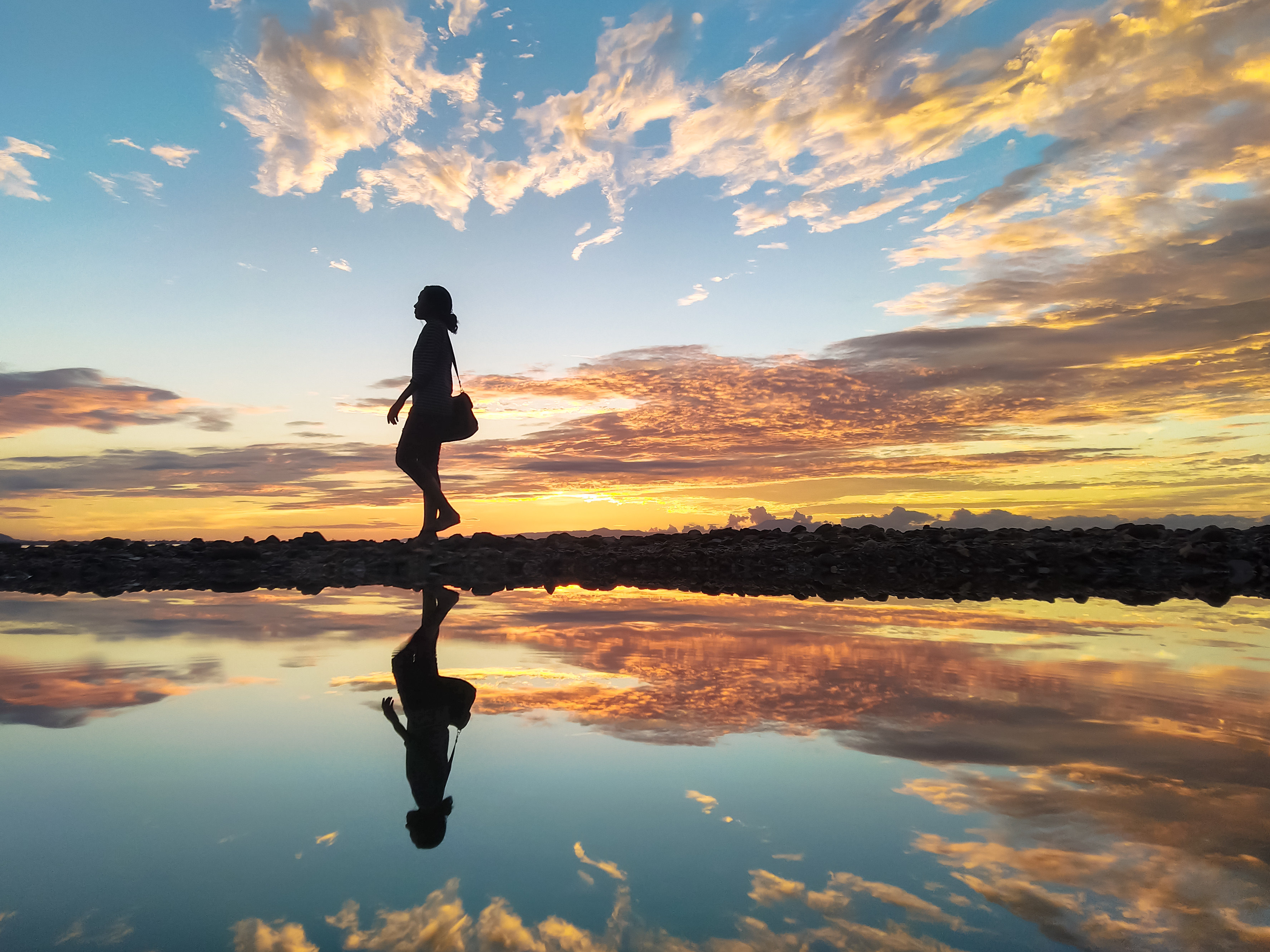
- Are we holidaying in all the wrong places? Many of the world’s least visited countries are not so uninviting after all
A long time ago, when we used to travel far, far away, there were some countries most of us never seemed to visit even when we could. Some didn’t want us, some had little room for us, and some were just too awkward to get to or failed to offer enough of interest to make the effort worthwhile.
The United Nations World Tourism Organisation’s (UNWTO) annual International Tourism Highlights 2020 sets out just where the crowds went in the last pre-pandemic year of 2019, but also reveals from where they mostly stayed away.
The figures are often provisional, rounded to the nearest thousand, and are incomplete. Some destinations are too war-torn to report, and anyway uninviting to all but the most dedicated country counter.
Not every territory is one of the UN’s 191 members, and some are comprehensively cagey, such as the Democratic People’s Republic of Korea, although this is not as unpopular a destination as might be imagined.
Beijing-based Koryo Tours reports taking 1,500 of a total of 4,000 “European” customers (the North Korean term for those who are neither Japanese nor Chinese) in 2019, but estimates that there were around 250,000 Chinese visitors in the same year.
Those caveats aside, it is possible to use the UNWTO figures to divine the destinations the globe’s travellers largely shunned, although many seem oddly similar to those most successful.
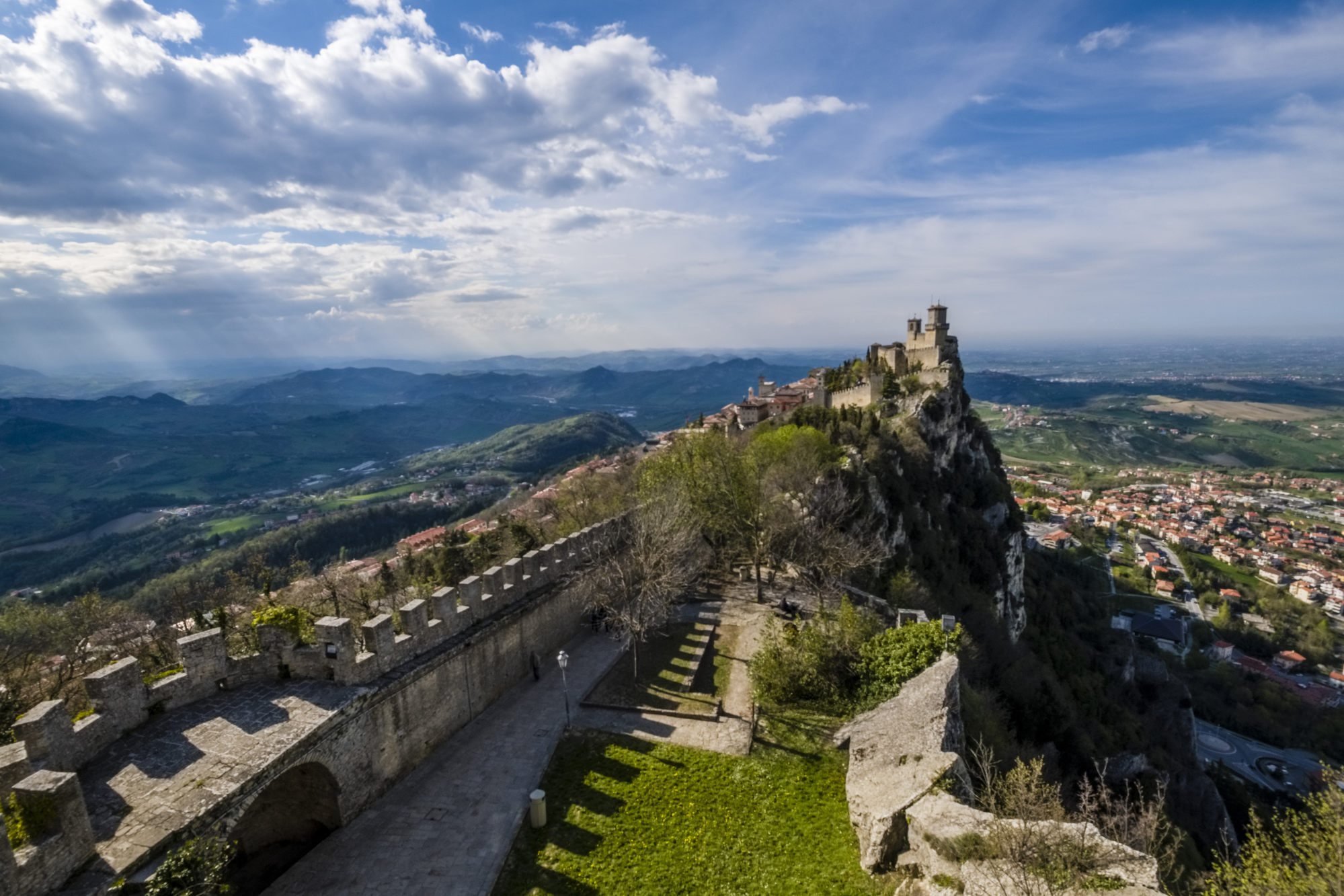
10. The Republic of San Marino just scrapes in to a list of the 10 least popular international travel destinations, with a mere 111,000 visitors, although this seems plenty for a country that is just 13km across.
Completely surrounded by Italy, it amounts to little more than the heavily fortified triple peaks of Monte Titano, just southwest of Rimini. But it’s a delight; the steep winding climb up the mountain, the clamber up the battlements, and finally the climb up ladders inside the towers rewarded with sweeping views of the Adriatic Sea.
Narrow, steep streets lined with shops selling souvenirs wind down the mountainside to the aerial Piazza della Libertà, open to vast empty space on one side but otherwise bordered with scrubbed stone buildings including the turreted Palazzo Pubblico, where the government of the world’s oldest republic meets.
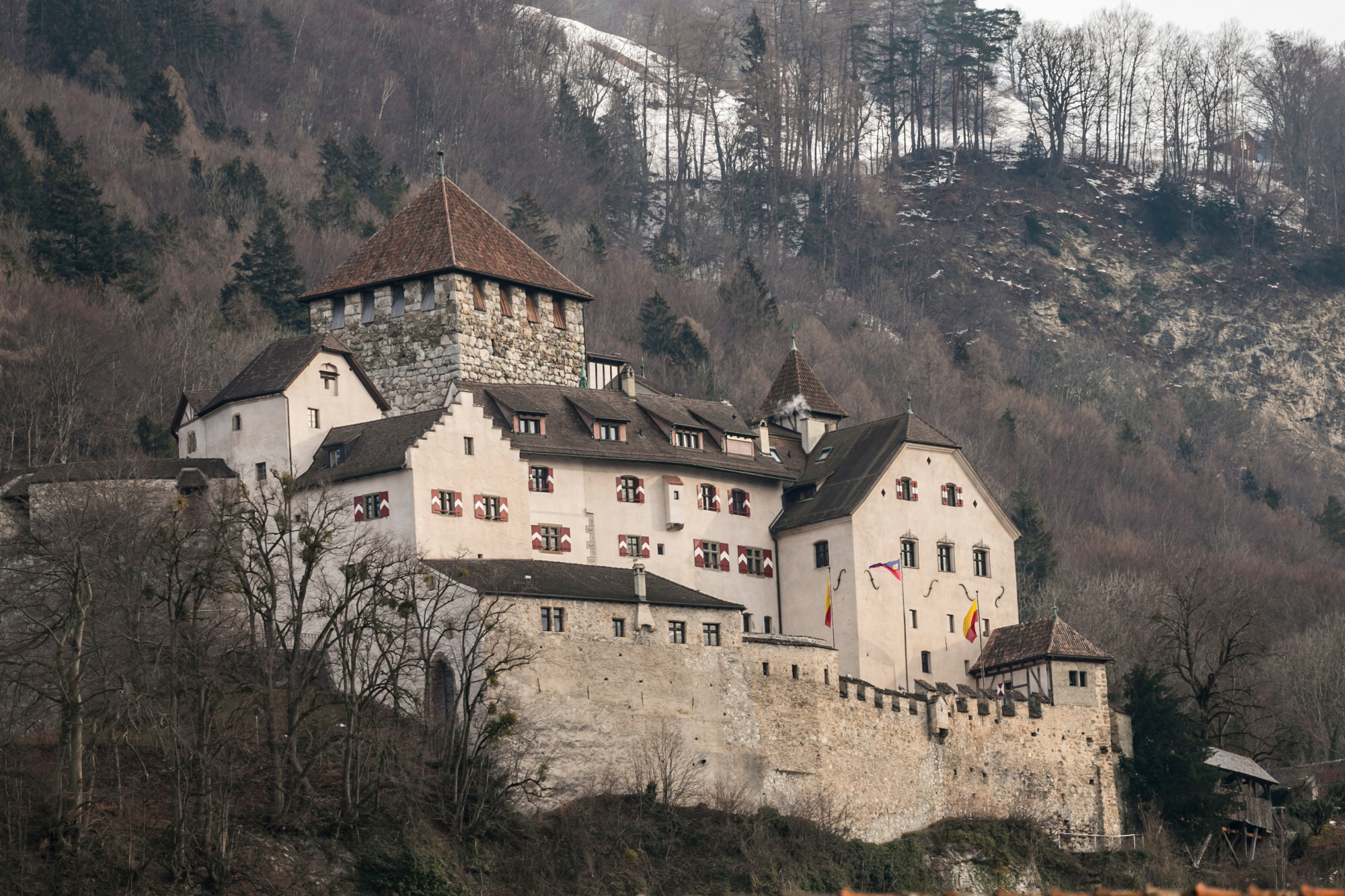
9. The ninth-placed Principality of Liechtenstein, only 2.5 times as big as San Marino, uses the Swiss francs of its neighbour to the west and speaks Swiss German, but mingled with expressions from Austria, to the east, greeting its annual 98,000 visitors with “Grüss Gott”.
Few of those get beyond the centre of the capital, Vaduz, dominated by the prince’s slightly Colditzian castle. Among museums the star is the superbly designed Kunstmuseum, housing the ruling family’s spectacular art collection, which is particularly strong in post-Impressionism.
Tourism is not yet as important to the country as its exports of dental technology, but the main souvenir shop is well prepared, with Toblerone chocolate, Swiss railway watches, and Heidi in Japanese – as well as large Chinese flags outside the entrance.

8. Away from Europe, the British Overseas Territory of Anguilla, just east of Puerto Rico, is the first of several Caribbean islands to make the list. In 2019, the 26km-long (16 mile-long) main island offered 95,000 visitors white-sand beaches and turquoise waters. But then so did almost all of its many competing neighbours.
The attractiveness of Caribbean islands tends to depend upon costs on arrival and ease of access. From North and South America, travel to Anguilla still requires at least one stop, and from Europe, two.
Some of the current collapse in tourism has been likened economically to the impact of the occasional category 5 hurricane.

7. The Republic of Palau, with 94,000 visitors, is an archipelago of several hundred tiny islands east of the Philippines that emerged from United States supervision to independence in 1994, although it still uses US dollars. It has a higher standard of living and higher costs than most of its neighbours, and its attractions, unsurprisingly, are mainly aquatic: kayaking, snorkelling and diving.
Access involves a change of planes in the Philippines or Guam, and on arrival visitors must sign a pledge, written by the children of Palau and stamped in the passport, to preserve this “unique island home” (although not boarding a plane in the first place would help do that, too).
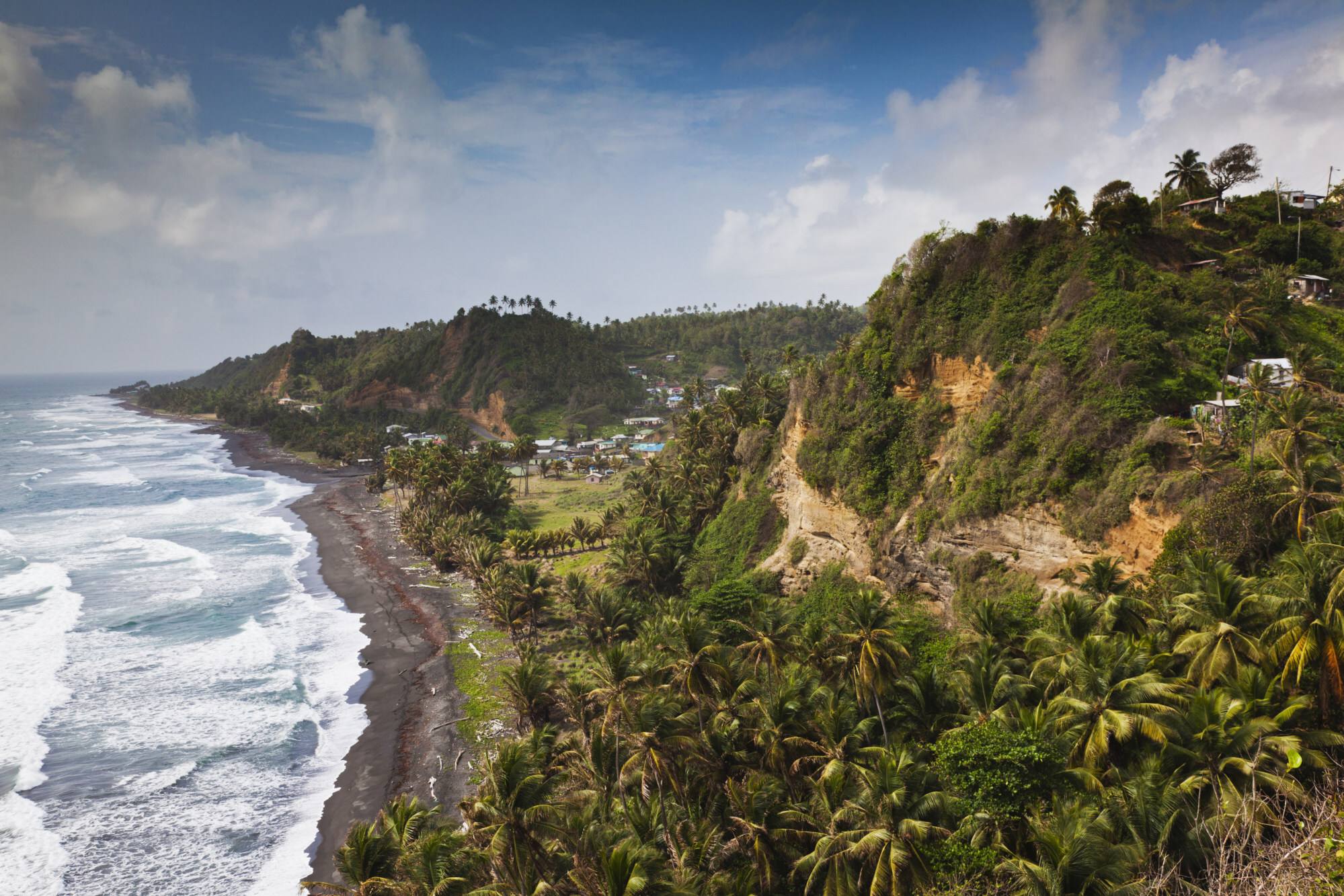
6. Back in the Caribbean, St Vincent and the Grenadines, west of Barbados and not far north of Venezuela, still has strong ties to former colonial power Great Britain. The nation consists of one main island and a string of 31 smaller dots, including Mustique, notorious haunt of the idle rich and British royalty, its 85,000 visitors putting StV&G in sixth place.
Multiple appearances in the Pirates of the Caribbean films have helped boost its popularity in recent years, but the eruption of the still rumbling La Soufrière volcano in April 2021, which left nearly 25,000 people displaced, is likely to keep visitors away from its pretty cays for a while yet.
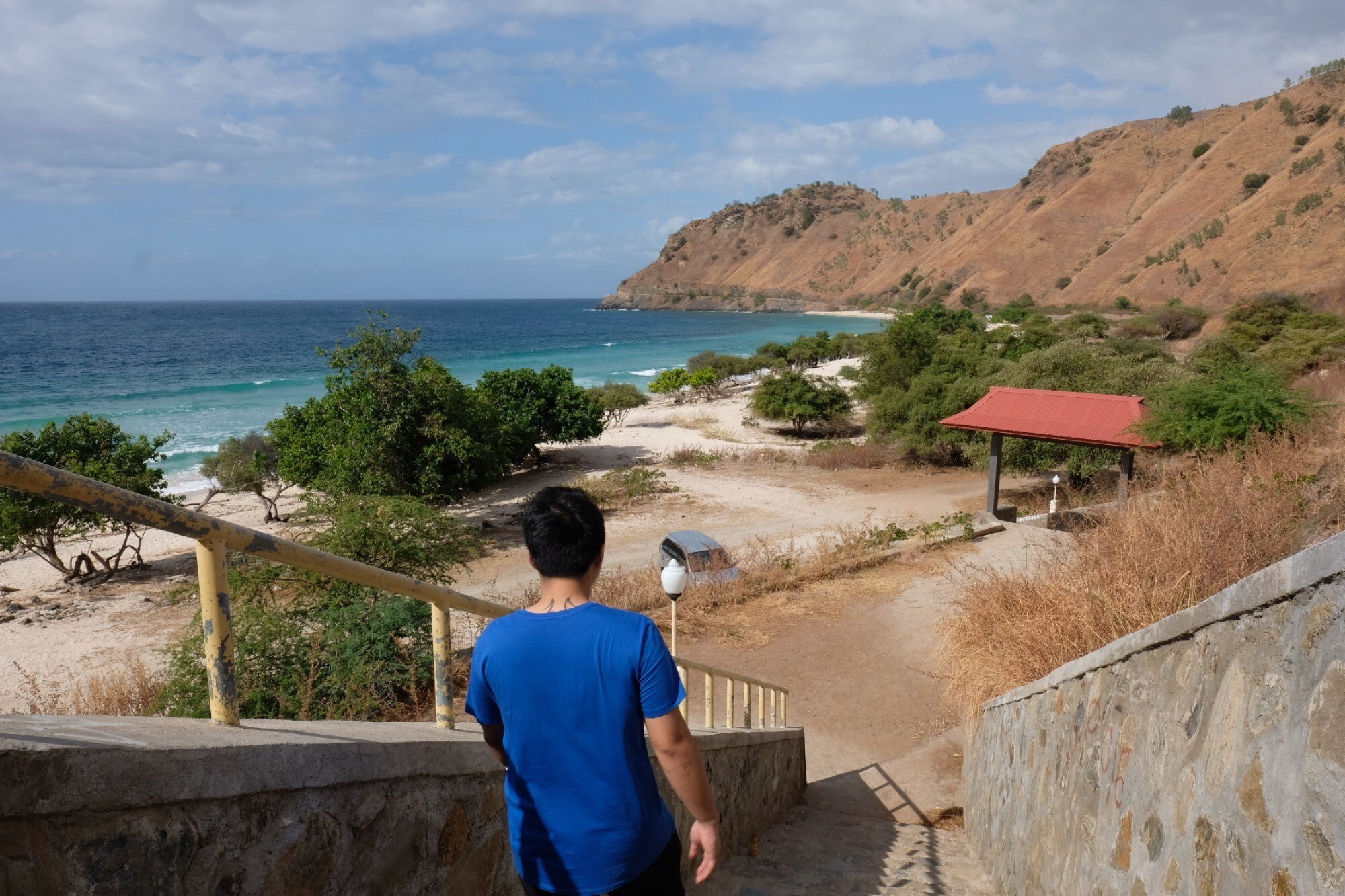
5. In 2019, East Timor saw 81,000 international visitors, who enjoyed some of the most biodiverse waters in the world, with their pristine and largely undisturbed banks of coral teeming with reef sharks, turtles, dugongs and more than 250 species of fish.
This former easternmost fragment of Indonesia still lives in the shadow of its decades-long civil war, even 19 years after independence was obtained.
But word is getting out of deserted beaches and uncrowded diving sites, and visitor numbers were sharply up pre-pandemic. One of the poorest countries in Southeast Asia, East Timor wants the revenue, but doesn’t want to become another Bali.
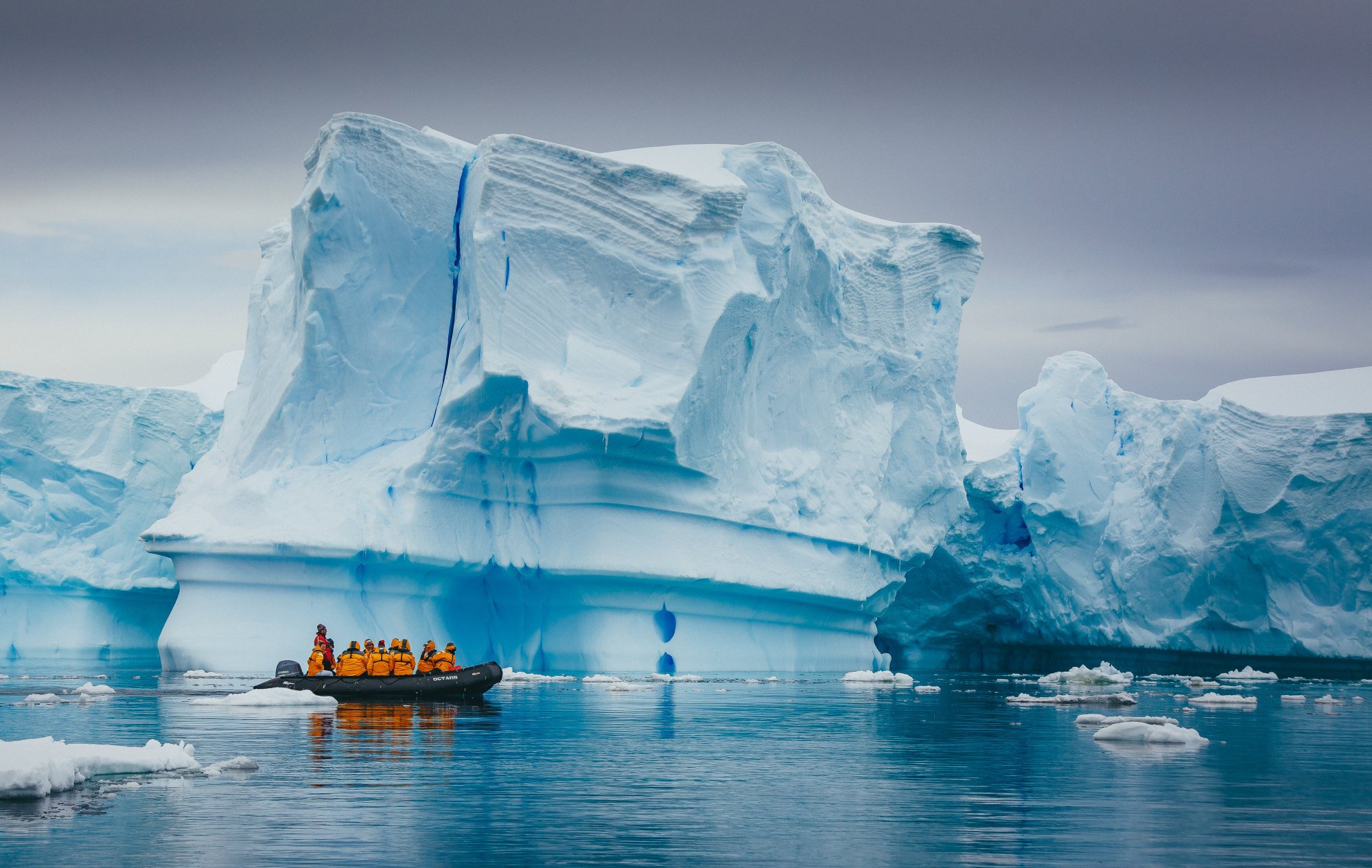
4.5. If Antarctica were a UN member it would appear on the list at this point, but it isn’t even a nation-state. Nevertheless, the International Association of Antarctica Tour Operators reports having landed 55,485 visitors in the 2019-20 summer season.
Nothing compares to the experience of zigzagging between ice floes in an inflatable boat to land on beaches packed with thousands of penguins, which also dot the slopes beyond and bristle the skyline.
Why tourists and scientists are in the same boat in Antarctica
But the bottleneck here, other than substantial cost, is the number of berths on the smaller exploration vessels that bring passengers. And for conservation reasons capacities are not likely to rise.
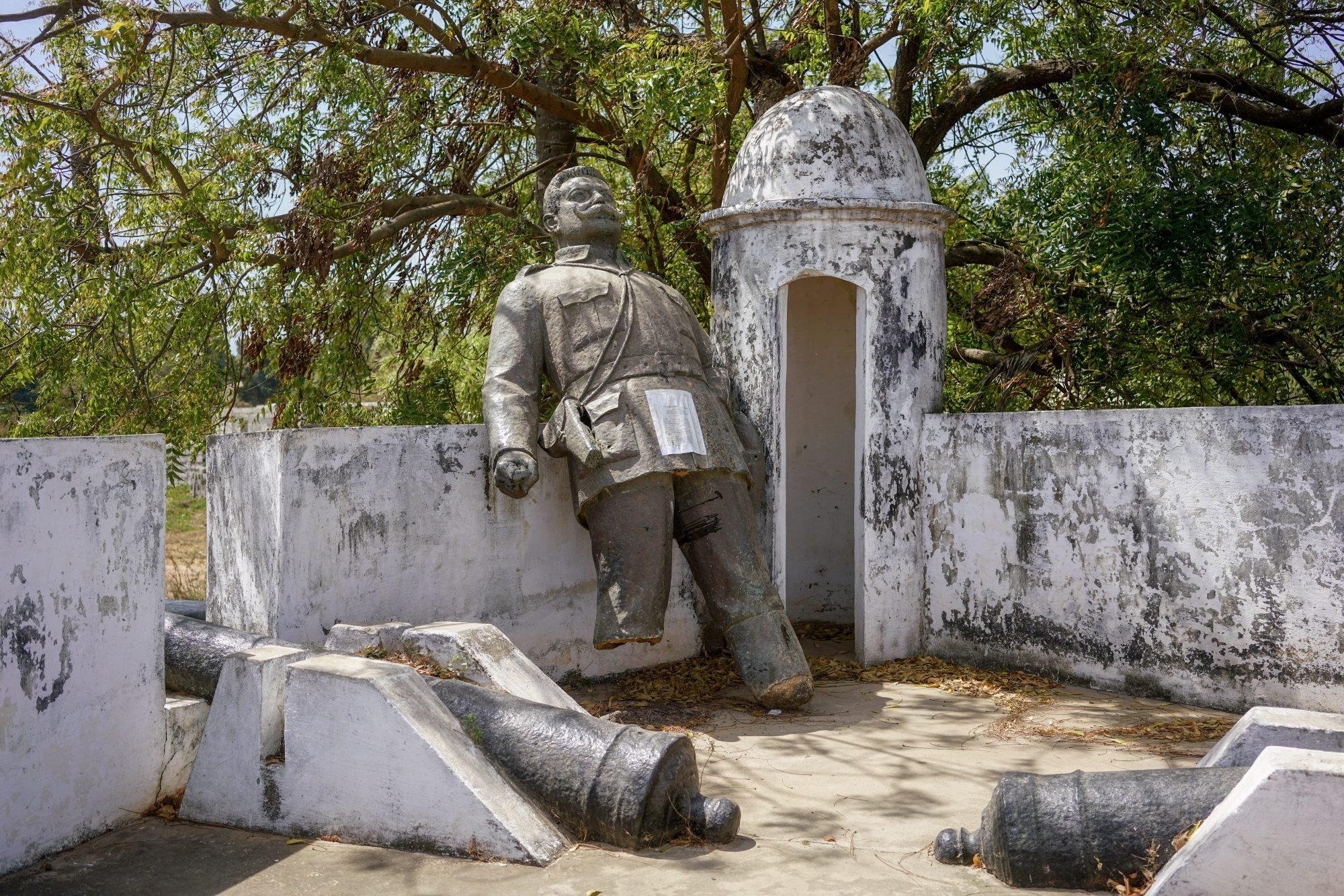
4. Fourth place goes to West Africa’s Guinea-Bissau, with 52,000 visitors. This former Portuguese colony, with a brief coastline and an adjacent archipelago of tropical islands, is squeezed between Senegal and Guinea, for which it is often mistaken.
Beyond the beaches and snorkelling there are the battered historical reminders of the colonial era, forest trekking and national parks, and wetland reserves packed with wildlife including pygmy hippos, although reaching them is often by very rough roads.
Political instability and poverty have kept visitors away, and official advice speaks of landmine clearance and a continued risk of terrorist attacks, although the security situation is currently calm.
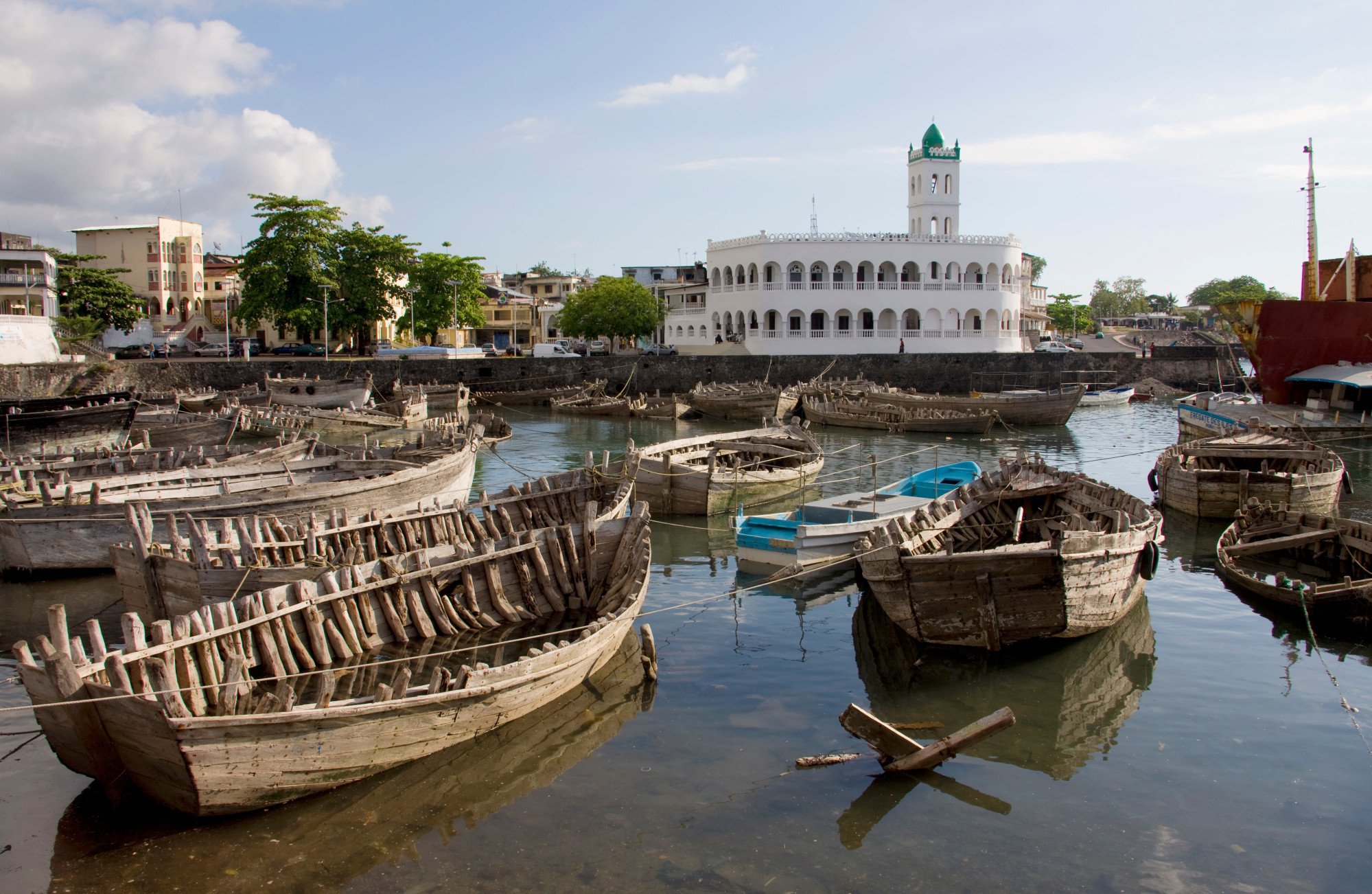
3. On the other side of Africa, off the coast of Mozambique, the Union of the Comoros sees a mere 45,000 visitors a year, although there may be some confusion here as to what is included.
While three of the four main volcanic islands voted for independence in 1974, the fourth did not, and remains a French overseas department, with greater stability, better infrastructure and higher prices. Overall there’s a strong Arab influence, and on the less developed islands a sense of being completely off the map.
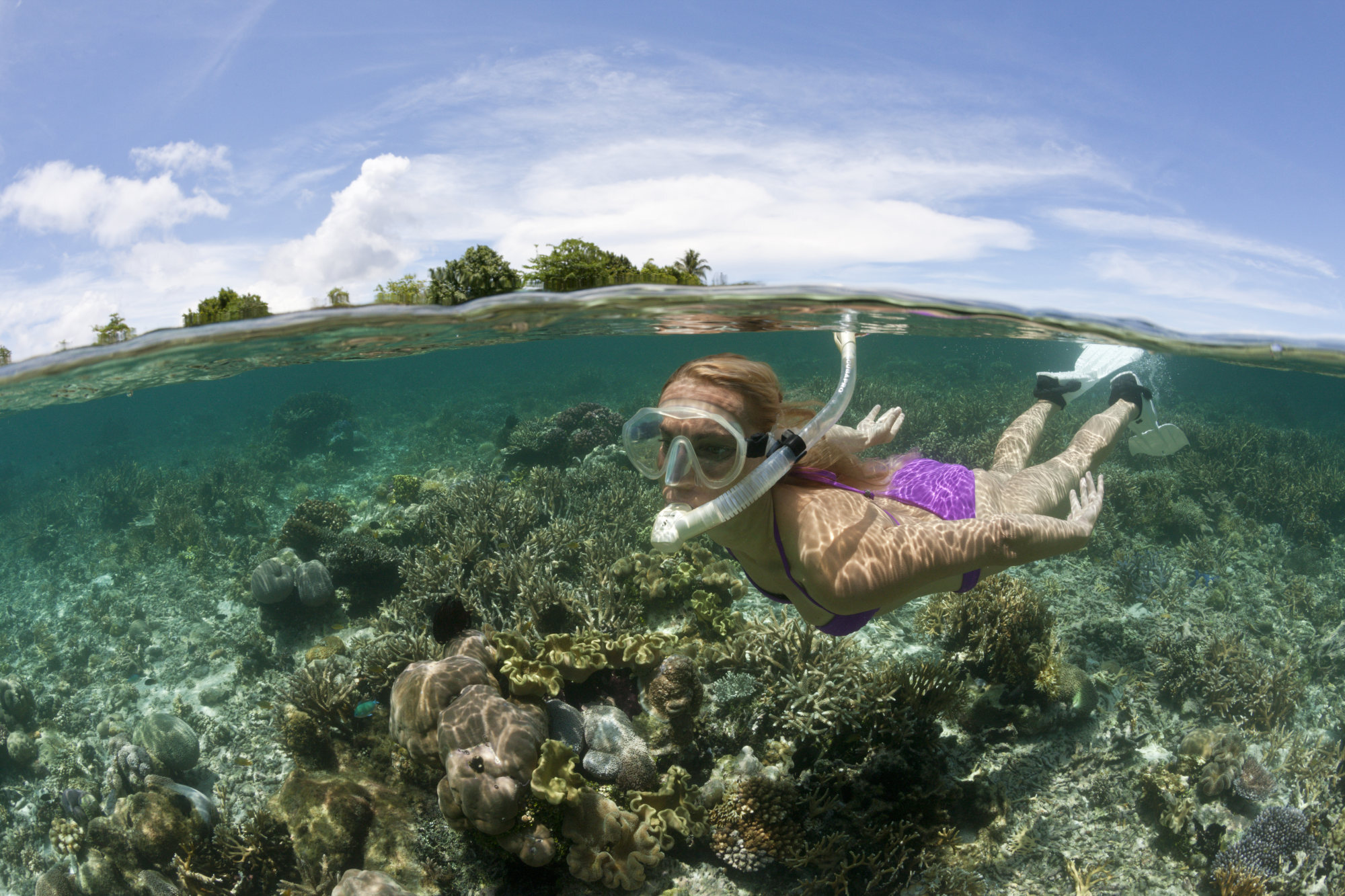
2. The Solomon Islands, a former British colony just east of Papua New Guinea and mostly approached from Brisbane in Australia or Fiji, comes in second place, with 29,000 visitors in 2019, inevitably mostly for diving, snorkelling and kayaking among its more than 900 islands, although there is some World War II heritage to see as well. Growth is hampered by a lack of infrastructure that some might find appealing.

1. Finally, only 10,000 people visited the British Overseas Territory of Montserrat in 2019, giving this Caribbean island, unreliably, first place as the least popular of the world’s safe-to-enter tourist destinations, although half of it isn’t particularly safe.
In the mid-1990s, a series of eruptions by another volcano called Soufrière made refugees of two-thirds of the island’s 12,000-strong population, and created a large exclusion zone, although it is views of the buried capital, port and airport that visitors now come to see; most arrive at a new airport on 20-minute twin-prop flights from Antigua.

